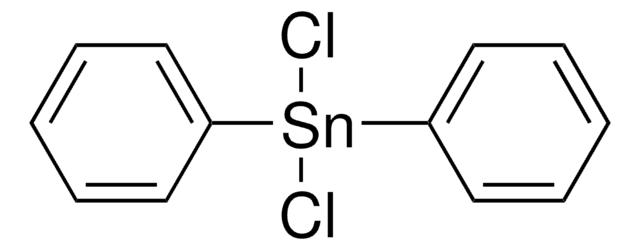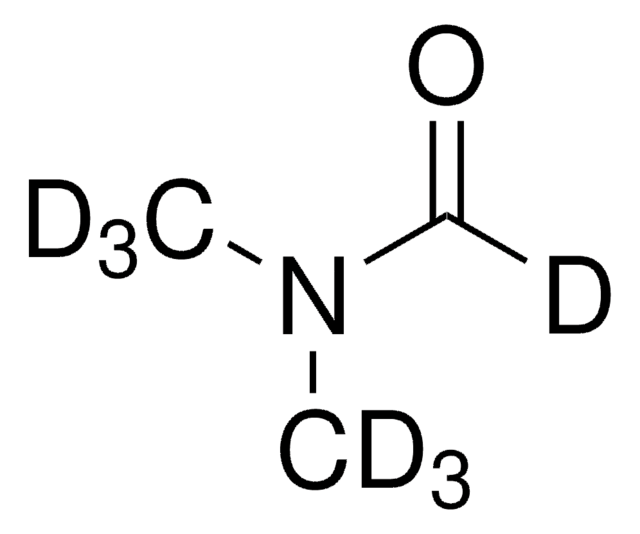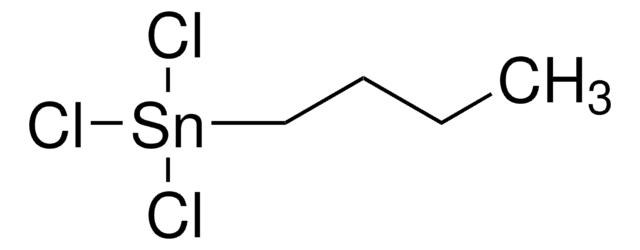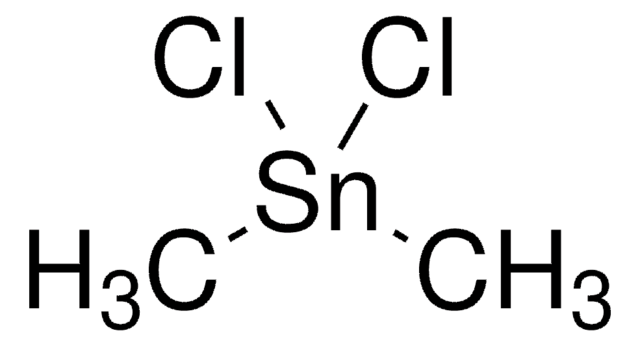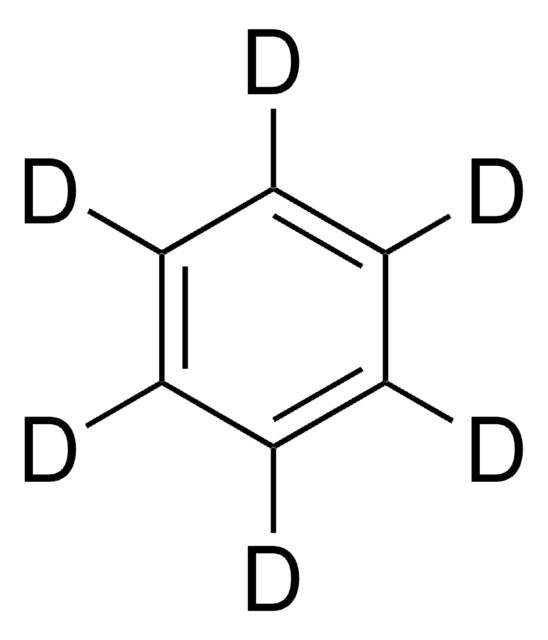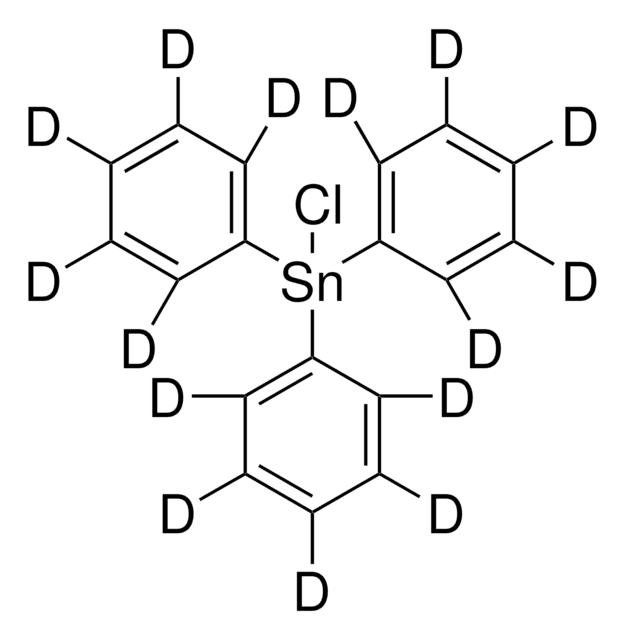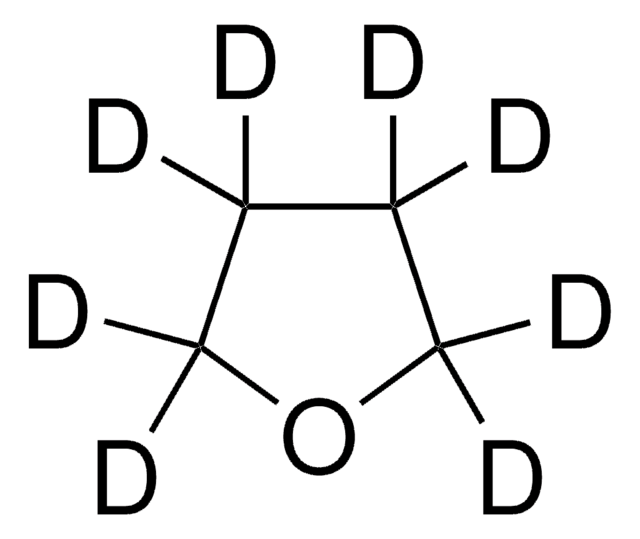277231
Phenyltin trichloride
98%
Synonym(s):
Trichlorophenylstannane
About This Item
Recommended Products
Quality Level
Assay
98%
form
liquid
refractive index
n20/D 1.585 (lit.)
bp
142-143 °C/25 mmHg (lit.)
density
1.839 g/mL at 25 °C (lit.)
SMILES string
Cl[Sn](Cl)(Cl)c1ccccc1
InChI
1S/C6H5.3ClH.Sn/c1-2-4-6-5-3-1;;;;/h1-5H;3*1H;/q;;;;+3/p-3
InChI key
UBOGEXSQACVGEC-UHFFFAOYSA-K
Related Categories
Application
- In the preparation of organotin(IV) complexes as potent antimicrobial agents.
- As a reactant in the Stille coupling reaction catalyzed by peptide-templated Pd nanoparticles.
- As a tin (Sn) source in the synthesis of tin-doped TiO2 photoanodes applicable in dye-sensitized solar cells.
Signal Word
Danger
Hazard Statements
Precautionary Statements
Hazard Classifications
Aquatic Acute 1 - Eye Dam. 1 - Skin Corr. 1B
Storage Class Code
8A - Combustible corrosive hazardous materials
WGK
WGK 3
Flash Point(F)
235.4 °F - closed cup
Flash Point(C)
113 °C - closed cup
Personal Protective Equipment
Regulatory Listings
Regulatory Listings are mainly provided for chemical products. Only limited information can be provided here for non-chemical products. No entry means none of the components are listed. It is the user’s obligation to ensure the safe and legal use of the product.
EU REACH Annex XVII (Restriction List)
Choose from one of the most recent versions:
Already Own This Product?
Find documentation for the products that you have recently purchased in the Document Library.
Our team of scientists has experience in all areas of research including Life Science, Material Science, Chemical Synthesis, Chromatography, Analytical and many others.
Contact Technical Service